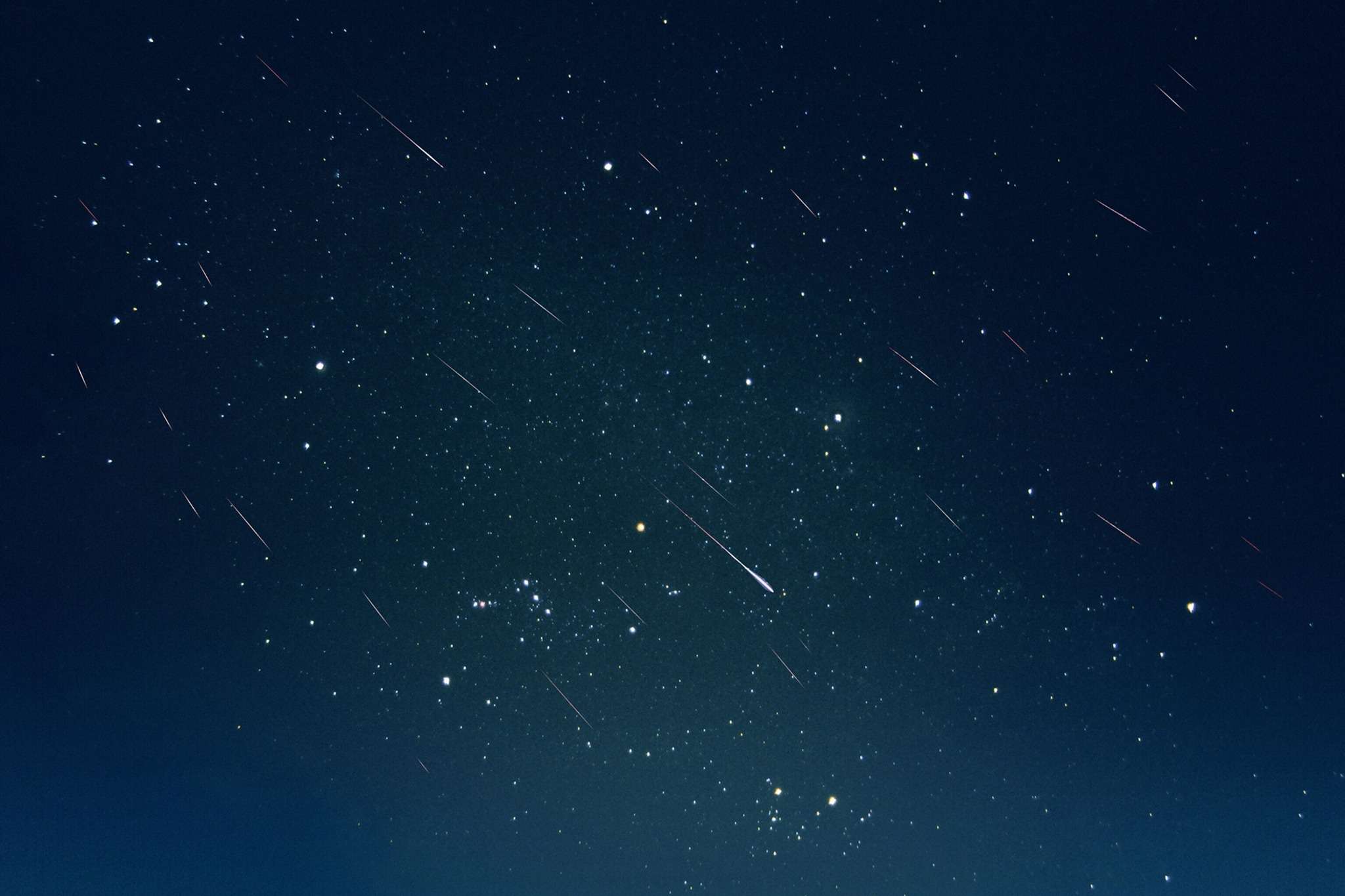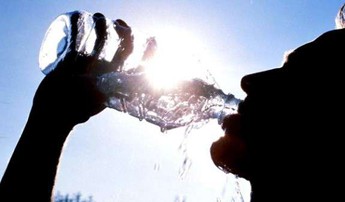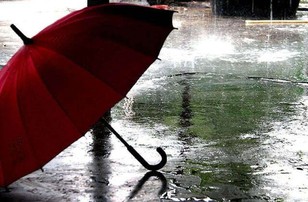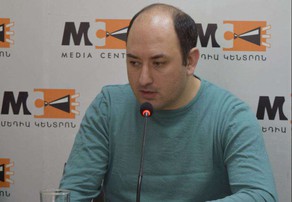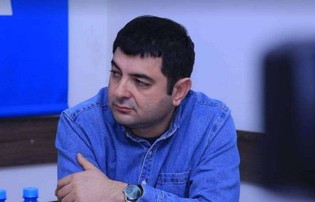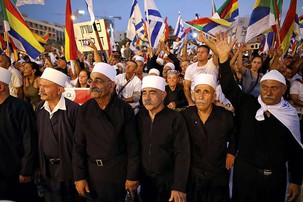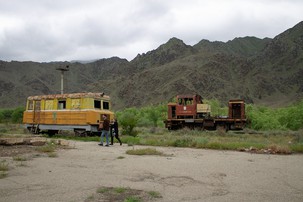Byurakan observatory informs that on the night of November 17-18, the maximum phase of the Leonid meteoric shower will be seen in the sky, and it will be possible to see 12-15 meteors in one hour.
The meteoric shower of the Leonids is observed every year between November 8-22, with slight variations in the maximum phase. The center of the Leonid meteoric shower, which in astronomy is called the meteoric shower radiant, is located in the direction of the Leo constellation, from where the name of this stream is derived.
It should be noted that meteoric flows occur when the Earth, moving in its orbit around the Sun, encounters a group of meteorites, as a rule, caused by comets. The latter, penetrating the Earth's atmosphere at high speed (several tens or hundreds of thousands of km/h), burn up and leaves trails reminiscent of "shooting stars" that can be visible in the sky for up to a few seconds.
In the relatively dense layers of the Earth's atmosphere, usually 50-130 km above the Earth's surface, clouds burn up, and only the largest can reach the Earth's surface. People called especially abundant casual streams "star rain" or "shooting stars." The Leonids have a reasonably high speed, averaging 72 km/s, and leave green trails in the sky. Their size can reach 9 mm and weigh up to 85 grams.
The Earth's passage causes the annual ecliptic flow of the Leonids through debris from the Tempel-Tuttle comet discovered in 1866. Although the Leonids are not very intense in average years, every 33.25 years, when the Earth passes through the center of the meteor shower, there is a sharp increase in the number of meteors. At that time, the Leonid stream is the most abundant meteor shower, with more than 1,000 (sometimes up to 3,000) per hour. )meteors.
Such a storm was observed in 1999 and continued from 2000-2002; the next one is expected in 2032. However, more cups (up to 100-150 per hour) can be observed in other years. The meteoric stream of Leonids was discovered in 1833. on the night of November 12-13, and that day is considered the birth of sidereal astronomy.
Interestingly, in retrospect, astronomers found that there was also a Leonid ecliptic stream centuries ago (starting in the 6th century), but it was not fully understood and explained at the time. Like all celestial bodies and phenomena, eclipses are best viewed away from residential areas, as city lights make viewing extremely difficult.




